On May 28, 2021, Pedro B. C. Leal became the latest student to successfully complete the journey to a doctoral degree under Dr. Hartl. Pedro was one of the first students recruited into the MAESTRO Laboratory at its founding, having also spent his senior year working under Dr. Hartl before returning to Brazil to complete his undergraduate degree and also obtain a Masters of Science.
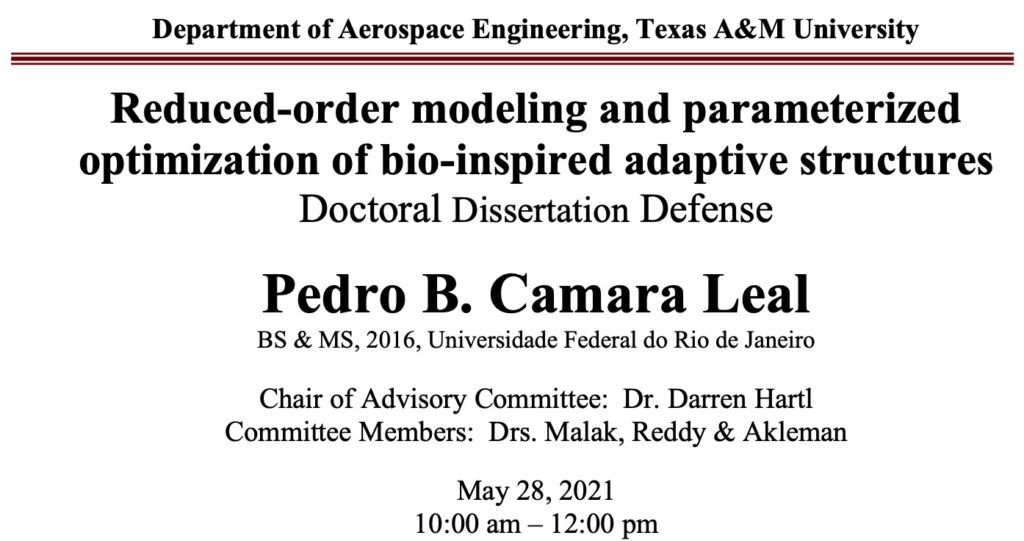
[Read more…] about Founding student Pedro Leal defends his Ph.D. dissertation

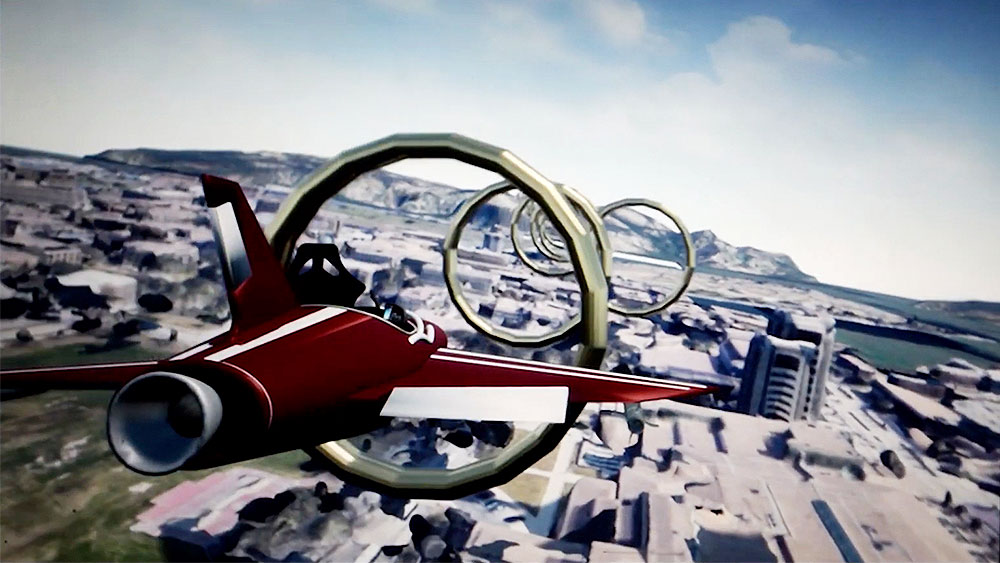
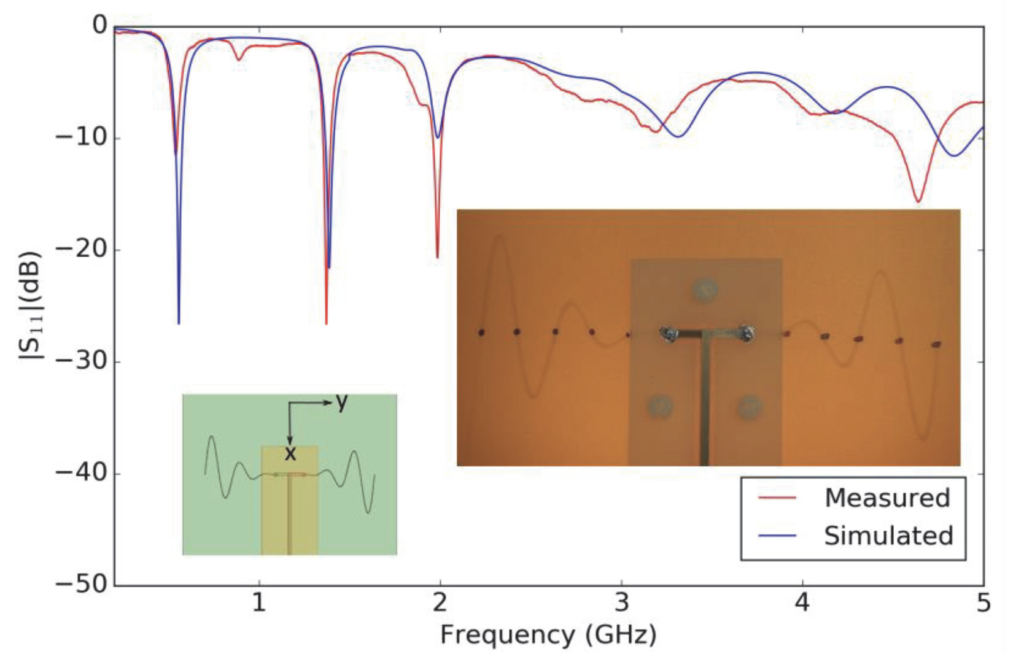
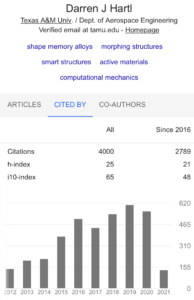 Only 17 months after reaching 3000 citations and while still officially an Assistant Professor, Dr. Hartl has reached the 4000 citation mark according to Google Scholar.
Only 17 months after reaching 3000 citations and while still officially an Assistant Professor, Dr. Hartl has reached the 4000 citation mark according to Google Scholar.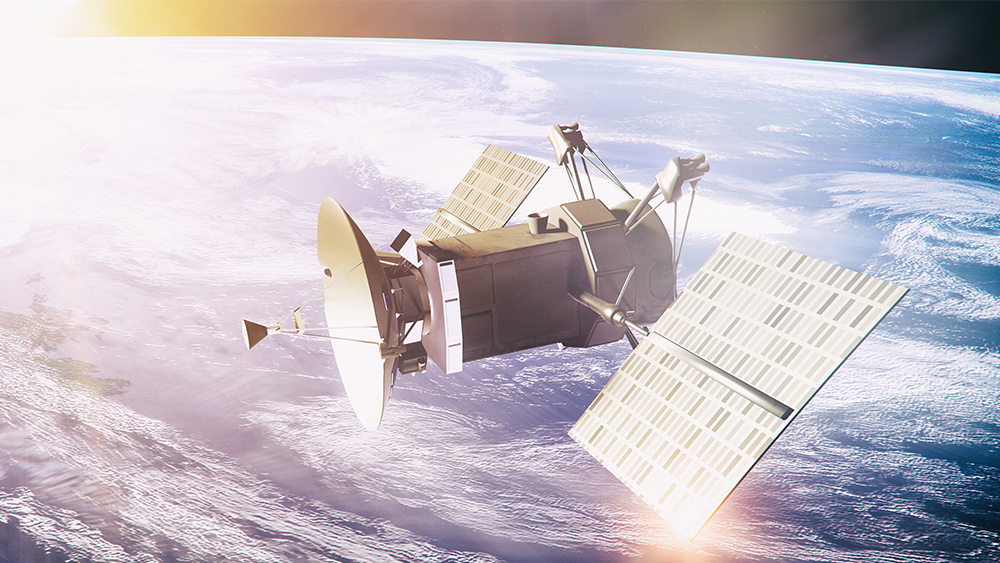
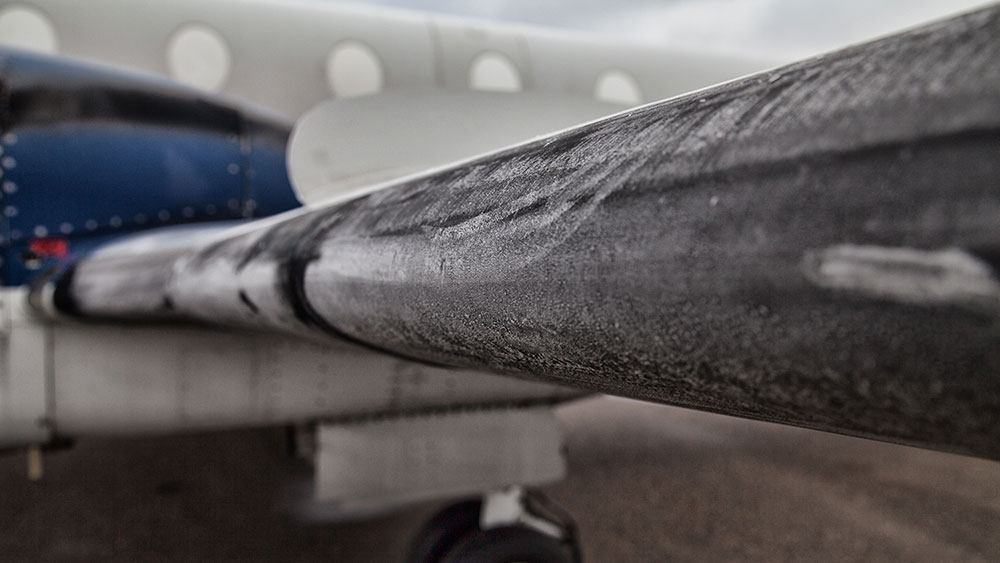
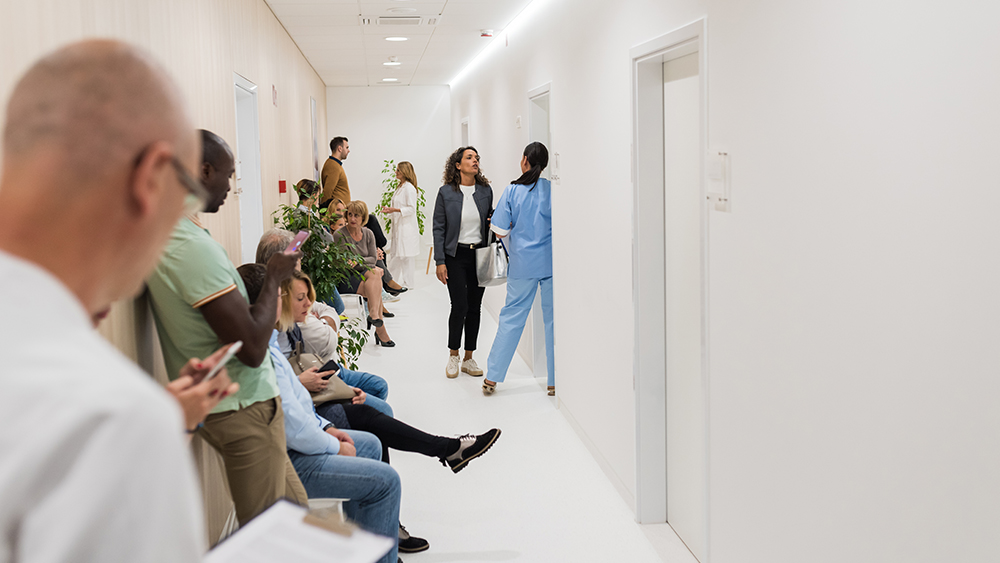
 Given the various constraints imposed by the COVID-19 pandemic, the annual summer research experiences for undergraduates at Texas A&M looked a little different this year. The Materials Science and Engineering Department proceeded to develop and manage a very successful Online Research Experience for Undergraduates (O-REU), which included two students advised by Dr. Hartl. [Videos provided below]
Given the various constraints imposed by the COVID-19 pandemic, the annual summer research experiences for undergraduates at Texas A&M looked a little different this year. The Materials Science and Engineering Department proceeded to develop and manage a very successful Online Research Experience for Undergraduates (O-REU), which included two students advised by Dr. Hartl. [Videos provided below]